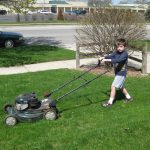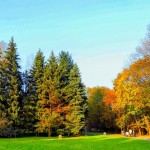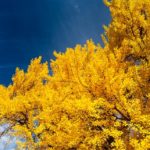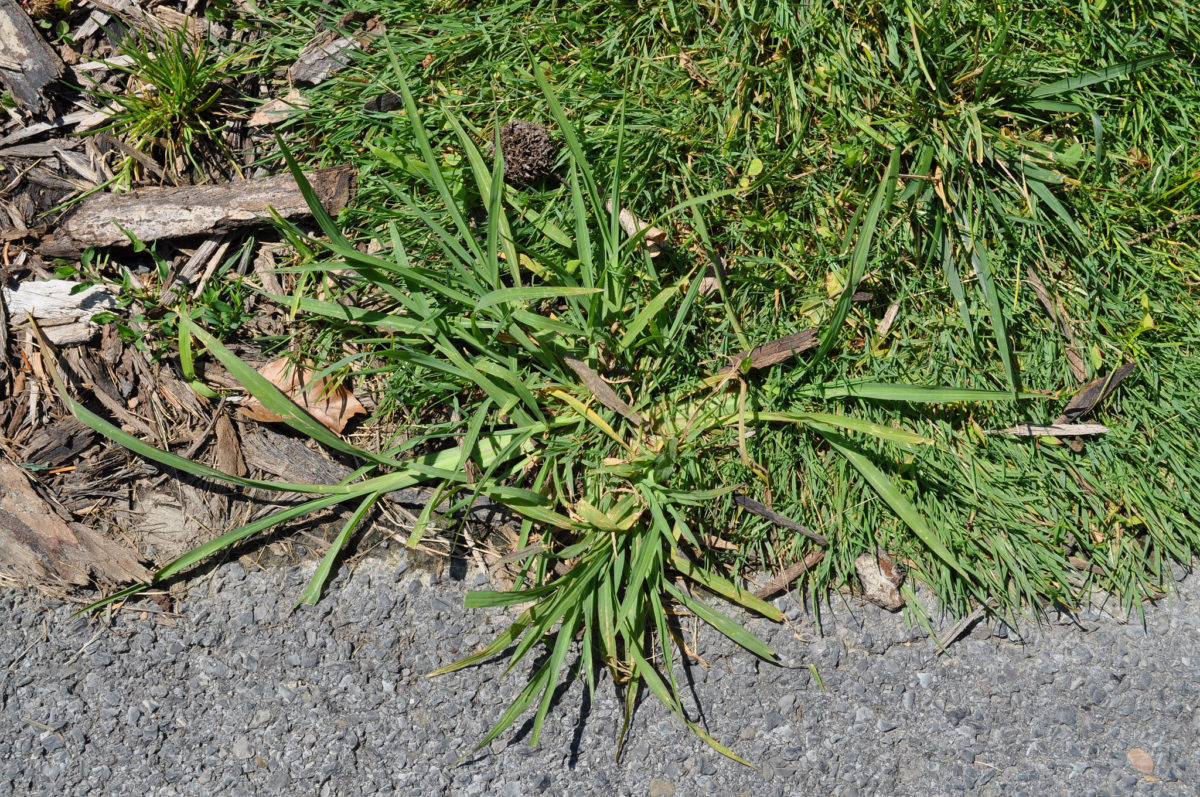
Want to get rid of those pesky weeds? Give us a try by visiting our Baton Rouge lawn care page.
Spring is the time of the year when everything blossoms in Baton Rouge. Unfortunately, that includes weeds. But you can turn that liability into an asset. Weeds let you know what’s wrong with your lawn. Like any other plant, they have specific needs to be able to thrive. What they need is exactly what your lawn doesn’t.
Of course, an invasion by weeds is often due to a combination of conditions, but it is also a sign of what course of action you should take first. It could be as simple as reducing or increasing how much and how frequently you water the lawn. Maybe you need to cut a few branches to give your lawn more sun. It could be as simple as raising your mower blade.
Here are eight weeds common to the Baton Rouge area. When you can recognize them and hear what they have to say about your lawn, you could end up being the neighborhood “weed whisperer”!
Crabgrass
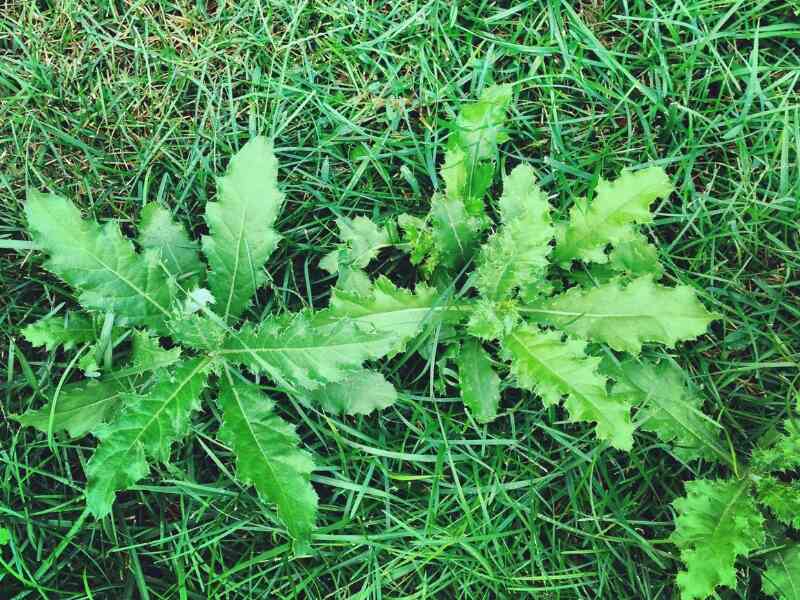
Crabgrass is kind of an “equal opportunity” weed. It will take advantage of nearly any lawn maintenance glitch to move in, but its favorite place is an over-watered lawn. Its leaves spread out from a central root (like a crab’s legs from its body). It grows from spring to fall then dies, but it leaves behind thousands of seeds to carry on its destructive legacy.
Dollar Weed
Dollar weed (aka pennywort) looks like a small lily pad, except one with white flowers. It spreads quickly. Each rhizome produces multiple nodes. Nodes become individual leaves with roots. Those roots produce new rhizomes and on and on it goes. In no time, dollar weed has taken over large sections of your lawn.
Spotted Spurge
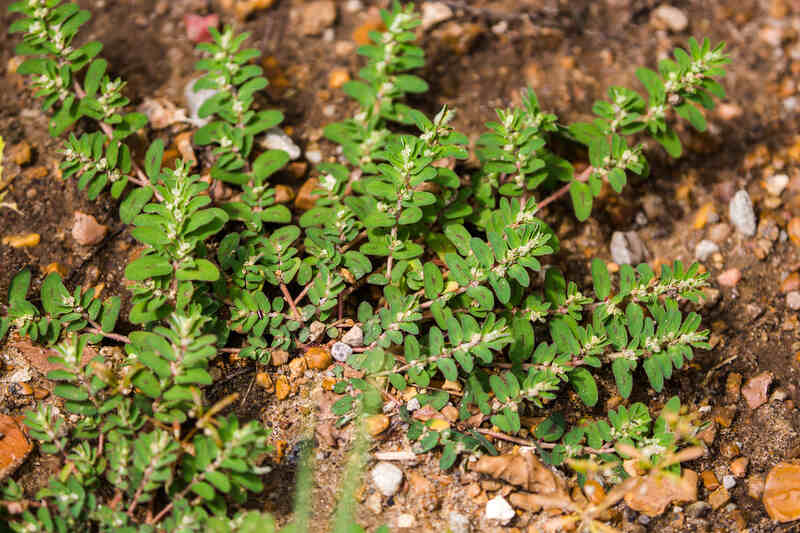
Spotted spurge is a hairy plant with a wagon wheel-like shape. It has oval, dark-green leaves with a red spot in the center and red stems. The stems contain a milky white sap that is an irritant should it get on your skin and is toxic to some animals. When the spotted spurge blooms, the flowers are small and pink. It spreads rapidly, anchored by a tap root that can be five feet under ground and each plant able to produce thousands of seeds.
Florida Pusley
The leaves of Florida pusley are thick and pulpy with a rough surface. Small white flowers, that turn purple, cluster at the tips of the branches. The stems are hairy and can grow more than two feet long as they crawl across your lawn, forming a mat in areas that are particularly thin. It reproduces by seeds that form immediately after the flowers are produced.
Asiatic Hawksbeard
Asiatic hawksbeard is tall (up to two feet) and slender. Its branched stems grow from a rose-shaped base, and leaves are broad and lobed at the edge. When in bloom, the tiny flowers are yellow to orange-yellow and have five tiny “teeth” on the outer petals. It reproduces by seed, so is not that difficult to control, as long as you get at it before it flowers.
Wild Violet
Such pretty purple flowers, such a noxious weed. Wild violet has heart-shaped, waxy leaves that sometimes curl up into a funnel and a dense root system. Besides the flowers that we see, the wild violet “secretly” produces self-pollinating flowers tucked below the leaves, sometimes underground, that produce seeds. It also spreads by underground stems. The two ways of reproducing make the wild violet a very aggressive weed.
Chickweed
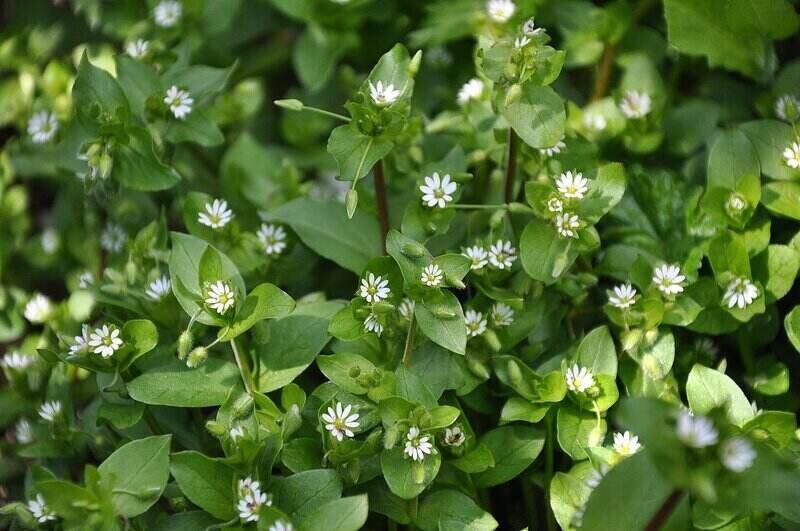
Common chickweed (aka starwort) has fine white hairs on one side of the stems that weave together as they straggle across your lawn, meeting in a thick mat-like, unsightly patch. The leaves are light green and oval; flowers are small, white and shaped like stars. Chickweed has a shallow root system and reproduces by seed. It is dormant in the winter, sets seed in the spring, then dies. One plant can produce up to 30,000 seeds.
Annual Bluegrass
Annual bluegrass can sneak into your lawn. At first, you can’t differentiate it from turfgrass, though it’s a bit lighter shade of green. But soon, up pops the seed head and it’s standing out like a sore thumb—it could be six to eight inches high. The stems are flat and the leaf blades are crinkled near the base ending in boat-shaped tips. It’s an aggressive weed. Each small plant can produce hundreds of seeds in a matter of weeks.
Main Photo Credit: NY State IPM Program at Cornell University / Flickr / CC BY 2.0
